Most affiliate marketers overlook Pinterest. They chase trends on TikTok or grind out Instagram reels hoping for a viral hit only to watch their traffic disappear by morning.
But Pinterest plays a different game.
It’s not a social feed. It’s a visual search engine. People don’t scroll aimlessly. They search with intent “home office ideas,” “budget skincare,” “best gifts for new moms.” And that search behavior makes Pinterest a goldmine for affiliate marketing.
You don’t need a following. You don’t need to go viral. You don’t even need a website to start.
What you do need is a simple system: one that helps your pins show up when people are already looking for what you’re promoting.
That’s what this guide gives you a clear, step-by-step strategy to turn Pinterest traffic into affiliate commissions. Whether you’re starting from zero or shifting away from saturated platforms, this playbook is designed to help you build something sustainable.
Key Takeaways
Why Pinterest Works for Affiliate Marketers
- Pinterest works like a visual search engine, not a social feed — meaning your content is discoverable long after you post it.
- You don’t need a blog or following to succeed; direct affiliate links are allowed and effective.
- Keyword-rich pin titles and descriptions are the key to visibility and long-term traffic.
- Engaging visuals get saved and shared, which boosts your reach and improves ranking.
- Pinterest analytics reveal what drives actual sales, not just impressions — so you can scale what works.
- Using bridge pages or landing pages often increases trust, conversions, and compliance.
- Consistency beats volume. A few high-quality pins per day can outperform spammy bulk uploads.
Disclaimer: I am an independent Affiliate. The opinions expressed here are my own and are not official statements. If you follow a link and make a purchase, I may earn a commission.
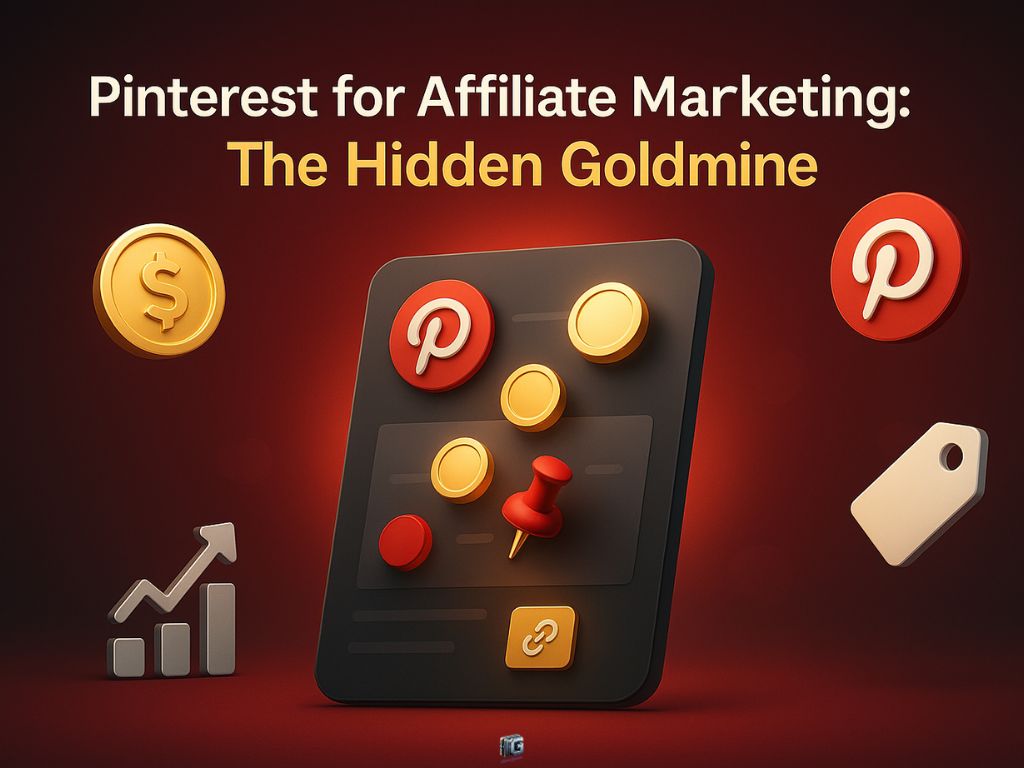
Why Pinterest Works for Affiliate Marketing (Even in 2025)
Most affiliate marketers are playing the wrong game.
They’re chasing platforms that reward entertainment, not intention. TikTok, Instagram, YouTube these channels thrive on trends, algorithms, and speed. If your content doesn’t catch fire in the first 24 hours, it’s forgotten.
Pinterest doesn’t work that way. And that’s why it’s quietly powerful for affiliate marketers who want consistency, not chaos.
Pinterest users aren’t scrolling for entertainment, they’re searching with purpose. They’re planning home projects, researching gift ideas, comparing wellness routines. That kind of intent is rare on social media, but it’s standard on Pinterest.
Here’s what makes Pinterest especially potent for affiliate strategies:
- Evergreen reach: Pins don’t disappear in 24 hours. They rank in search and resurface over time.
- Search-first discovery: You’re not dependent on followers. Visibility comes from keyword relevance.
- High buyer intent: Users are often deep in the decision phase ready to click, compare, and purchase.
- Low competition: Pinterest is still underused by affiliates, making it easier to stand out.
And the best part? You can build all of this without showing your face, going viral, or posting every day.
Pinterest rewards what most platforms ignore: quiet, useful content built with strategy.
How Pinterest Affiliate Marketing Actually Works
The mechanics are surprisingly simple.
You create visual content called pins images that appear in search results when someone looks for ideas, solutions, or inspiration. These pins link directly to an affiliate product, a landing page, or a blog post.
If a user clicks your pin, follows the link, and makes a purchase, you earn a commission.
But here’s where Pinterest separates itself from other platforms: It’s designed for discovery, not for virality.
That means you’re not relying on followers, hashtags, or trending audio to get attention. Your pins can rank in search and appear in feeds for weeks, even months, after publishing.
There are two main ways to approach affiliate marketing on Pinterest:
1. Direct Linking
You paste your affiliate link directly into the pin’s destination URL field.
- Fast to set up
- No blog or site required
- Lower trust with cold traffic
- Some affiliate programs (like Amazon) restrict this
2. Bridge Pages or Content Hubs
You link to a landing page, blog post, or product review first then promote the affiliate product from there.
- Builds trust and context
- Increases conversions
- Helps with email capture and SEO
- Requires a basic website or landing page tool
Either path works. But many creators start with direct links to validate their niche, then transition to landing pages to scale more effectively.
The real key? Make sure your pin, your link, and the product all align. Misleading visuals or mismatched offers will kill your credibility and your reach.
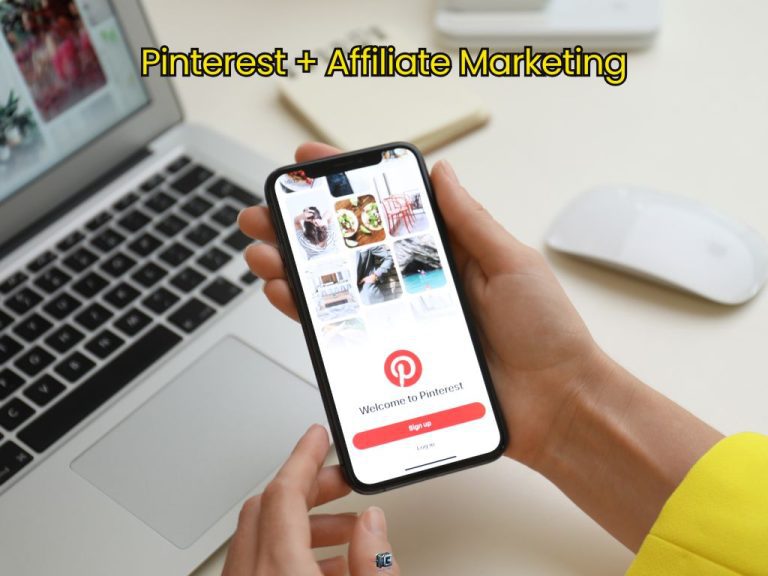
How to Start Affiliate Marketing on Pinterest (Step-by-Step)
You don’t need a blog. You don’t need followers. And you definitely don’t need to be a design expert.
What you do need is a system, a repeatable, low-friction workflow that turns pins into passive traffic.
Let’s walk through it.
1. Choose a niche with buyer intent
Start with a topic that people already search for and that naturally lends itself to products.
Good beginner niches include:
- Home organization and décor
- Wellness and fitness
- Fashion and beauty
- Digital tools and productivity
- Parenting and family life
- Budgeting and personal finance
You don’t have to be an expert, but you do need curiosity and consistency.
Tip: If people are already spending money in the niche, affiliate links will feel natural, not forced.
2. Join affiliate programs that fit your niche
Don’t waste time applying to dozens of networks. Start with 2–3 that offer trusted, evergreen products.
Top affiliate programs for beginners:
- Amazon Associates (broad catalog, low payouts)
- ShareASale (niche-specific merchants)
- Impact (big brands + niche tools)
- ClickBank (digital info products)
- Digistore24 (digital and international offers)
Look for products that solve a real problem—not just what’s trendy.
3. Set up a Pinterest business account
A business account gives you access to:
- Pinterest Analytics
- Rich Pins (extra context pulled from your website, if connected)
- Scheduling and performance insights
Make sure your profile is optimized:
- Display name includes a keyword (e.g., “Home Hacks | Sarah James”)
- Bio explains your niche and what you share
- Boards are named with keywords users actually search for (e.g., “Small Kitchen Storage Ideas”)
- Profile image is clean, clear, and consistent with your brand (even if it’s faceless)
4. Design scroll-stopping pins
You don’t need to be a designer. You just need to be clear.
Use free tools like Canva to create Pinterest-sized graphics (1000x1500px). Focus on:
- Big, readable text: Use 4–6 words max
- Contrast: Light backgrounds with bold font or vice versa
- Emotional headlines: “5 Tools That Saved Me 10 Hours This Week”
- Call-to-action: “See More,” “Get the List,” or “Shop Now”
Pro tip: Create 3–5 versions of each pin. Pinterest treats each visual as new content, even if the link stays the same.
5. Add your affiliate links the right way
When uploading your pin:
- Paste your affiliate link in the destination URL field
- Write a keyword-rich title and description
- Add 3–5 relevant hashtags
- Disclose using “#affiliate” or a short sentence (required by FTC and Pinterest)
If your affiliate program restricts direct linking (like Amazon often does), route traffic through a short blog post or review page first.
6. Stay consistent and schedule smart
Pinterest rewards creators who publish regularly, not obsessively.
- Aim for 1–3 fresh pins per day
- Use Tailwind or Pinterest’s native scheduler to queue content
- Batch your designs weekly so you’re never scrambling
Freshness matters. A new pin image even for an old link gets prioritized in search.
Reminder: Pinterest is a long game. Traffic builds slowly, then compounds.

Pinterest SEO and Metrics That Actually Matter
Pinterest isn’t just a visual platform. It’s a search engine. And search engines run on one thing: relevance. If your pins don’t include the words people are searching for, Pinterest can’t show them even if the content is amazing.
Here’s how to make sure your pins get discovered, clicked, and converted.
How Pinterest SEO Really Works
Pinterest reads five areas to understand what your pin is about:
- Pin title
- Pin description
- Board name
- Board description
- Your profile bio
All five need to reflect your niche and include natural, specific keywords.
Example: Instead of “My Morning Routine,” try “Simple Skincare Routine for Busy Moms.”
Use Pinterest’s search bar auto-suggestions to find high-intent keywords. These are real phrases users are typing in use them.
📈 Key Metrics That Matter
Not all metrics are important. Here’s what to track and why:
| Metric | What It Tells You | Why It Matters |
|---|---|---|
| Impressions | How often your pin appears in feeds/search | Shows if SEO is working |
| Saves (Repins) | How many people saved your pin | Signals relevance to Pinterest |
| Outbound Clicks | How many visited your affiliate link | Shows true engagement |
| Conversion Rate | % of clicks that led to purchases | Measures offer alignment + trust |
| Engagement Rate | Total actions (saves + clicks) per pin | Identifies pins worth scaling |
Insight: Focus less on impressions. They’re vanity numbers. Clicks, saves, and conversions are what move your business forward.
How to Optimize + Test
- A/B test pin designs: Try different colors, layouts, headlines
- A/B test descriptions: Some phrasing gets more clicks than others
- Test direct links vs bridge pages: Measure the difference in conversions
Pro Tip: Don’t delete underperforming pins. Let them age. Sometimes Pinterest picks them up weeks later.
Do You Need a Blog to Use Pinterest for Affiliate Marketing?
Short answer: No. Long-term answer: You probably will.
Pinterest is one of the few platforms that allows affiliate marketers to start with zero infrastructure. You can upload a pin, paste in your affiliate link, and drive traffic directly to a product page.
This is a huge win for beginners. No need to build a site. No email funnel. No tech headaches.
But there’s a catch: Cold traffic is hard to convert. Especially when your link sends users straight to a sales page with no context.
That’s where having a blog, landing page, or even a simple product explainer page starts to matter.
Why Direct Linking Works (but Only to a Point)
- Fastest way to test products
- No setup or costs
- Lower trust with new users
- Less room to build authority
- Some affiliate programs (like Amazon) don’t allow it
Why a Simple Content Hub Wins Long-Term
- Builds trust before asking for a purchase
- Boosts SEO traffic outside Pinterest
- Lets you collect emails and grow your list
- Enables preselling, which increases conversions
- Gives you control over branding and messaging
Think of your blog or landing page as a bridge between Pinterest’s curiosity and the product’s sales pitch.
Example: A pin titled “5 Budget Kitchen Tools That Save Time” links to a short blog post with quick product reviews and affiliate links. The user feels informed, not pitched.
Start Here, Scale Later
You don’t need a website to start. You’ll probably want one to grow.
Start lean: test offers, learn what resonates, and get used to the platform. Once you find traction, reinvest into a simple site, even if it’s just a one-page product guide or review hub.
It’s not about blogging. It’s about control, conversions, and credibility.
Scaling Affiliate Marketing with Pinterest
Most creators burn out before they break through. Why? Because they rely on energy instead of systems.
The Pinterest affiliate marketers who win long-term don’t work harder. They work smarter by building workflows that multiply their reach without multiplying their effort.
Here’s how to do the same.
1. Batch Your Pin Creation
Designing pins one at a time is inefficient. Instead, set aside 1–2 hours each week to:
- Create 10–15 fresh pins
- Use templates in Canva or your preferred tool
- Vary colors, headlines, and layouts even if linking to the same product
Each new image counts as “fresh” in Pinterest’s eyes, which boosts visibility.
System = Freedom: You can produce a month’s worth of pins in a few sessions.
2. Automate Your Scheduling
Manual posting kills momentum.
Use tools like Tailwind, Later, or Pinterest’s native scheduler to automate your content flow.
- Schedule 1–3 pins per day
- Mix new pins with repurposed top performers
- Spread content across multiple boards for maximum reach
Automation keeps your account active even when you’re offline.
3. Double Down on What Works
Once you’ve posted a few dozen pins, patterns start to emerge:
- Some topics attract more clicks
- Some headlines outperform others
- Some products convert better
Study your Pinterest Analytics and affiliate dashboard side by side.
Find the overlap between high saves and high conversions. That’s your sweet spot. Scale it.
4. Diversify Your Affiliate Programs
If you’ve only joined one network, you’re leaving money on the table.
Expand to programs that offer:
- Higher commissions
- Products with recurring revenue
- Complementary tools in your niche
Just make sure they still match the intent behind your content. Relevance always wins.
5. Capture Leads and Build an Email List
Pinterest traffic is cold. But that doesn’t mean it has to stay that way.
Offer a freebie, checklist, or guide in exchange for an email.
This gives you:
- A way to follow up
- A warm audience for future offers
- A direct communication channel (outside Pinterest)
Even a simple landing page with a free download can turn a one-time visitor into a repeat buyer.
Scaling isn’t about doing more. It’s about building systems that do more for you. Batching, automating, tracking, and optimizing that’s the Pinterest playbook for long-term growth.
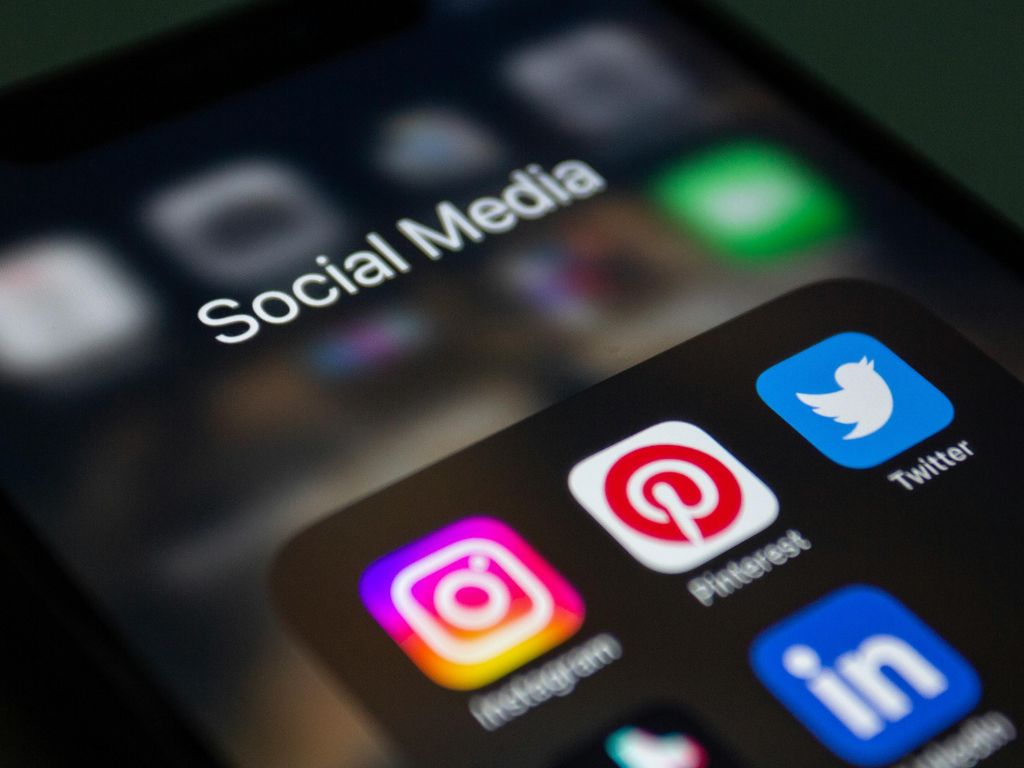
Compliance Rules: Stay Visible and Trustworthy
Pinterest welcomes affiliate marketers but only the ones who follow the rules.
If you treat it like a loophole, it will treat you like a spammer. If you treat it like a business, it will reward you with sustainable reach.
Here’s how to stay in good standing while building trust with both the platform and your audience.
What You Can Do
- Use direct affiliate links: As long as the URL is clean and secure, Pinterest allows affiliate links in your pin destination.
- Disclose your relationship: Use clear disclosures like:
- “#affiliate” in your description
- “I may earn a small commission if you buy through this link”
- This keeps you compliant with both FTC and Pinterest guidelines.
- Link to relevant, high-quality pages: Whether it’s a product page or a bridge post, the destination must deliver on the promise of the pin. No bait-and-switch.
- Use landing pages or presell content: Even though direct linking is allowed, using a landing page often boosts conversions and gives you more control over messaging.
What to Avoid
- Cloaked or shortened links: Avoid URL masking tools like Bitly or Pretty Links unless you’re sure Pinterest allows them. They can trigger spam filters.
- Duplicate pin posting: Uploading the same image and URL repeatedly signals low-effort automation. Pinterest deprioritizes this behavior.
- Misleading visuals or headlines: If your pin promises “Free Templates” but links to a sales page with none, expect high bounce rates and lower reach.
- Promoting sketchy or non-compliant offers: If it looks scammy or makes exaggerated claims (e.g., “Lose 20 lbs in 7 Days!”), avoid it.
Why Compliance = Visibility
Pinterest uses behavioral signals to decide which content to show. When users click away quickly or report pins, the algorithm suppresses your reach.
But when you:
- Deliver what you promise
- Disclose transparently
- Maintain quality visuals and links
…Pinterest keeps your content in rotation, often for months at a time.
Reminder: Pinterest isn’t punishing you. It’s protecting the user. Align with that, and the platform works in your favor.
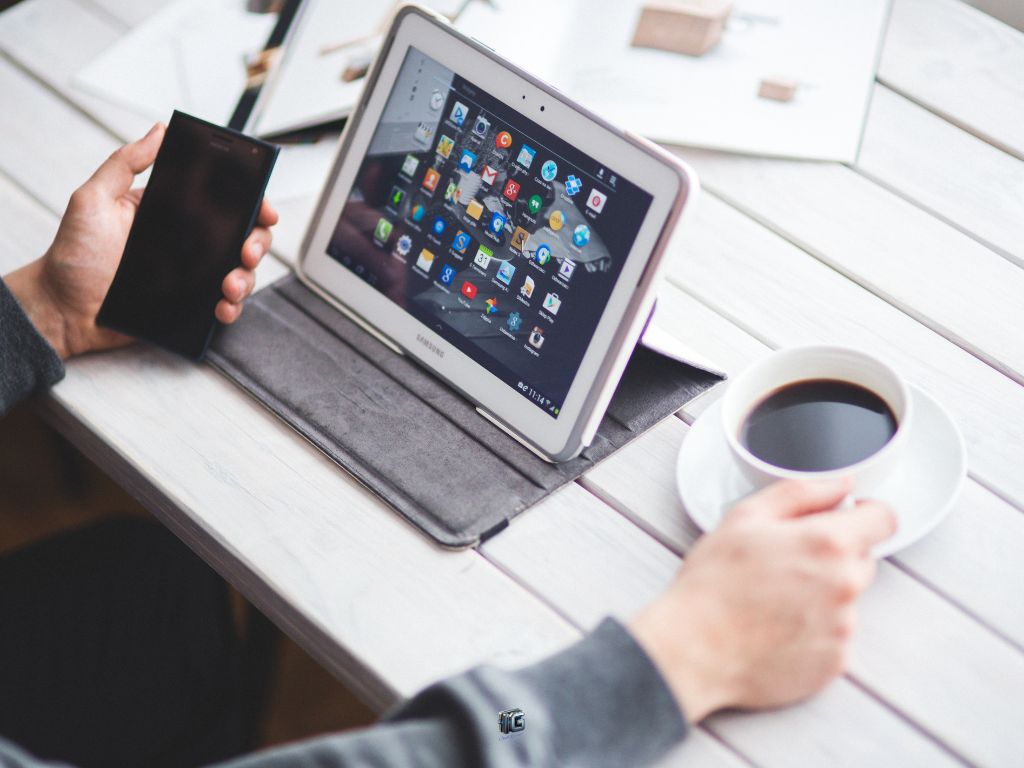
Common Mistakes to Avoid
Pinterest is simple but it’s not always forgiving.
Many beginners unintentionally sabotage their visibility by treating it like Instagram, posting carelessly, or misreading the signals. Here’s how to avoid the most common traps that stall growth and kill momentum.
Mistake 1: Reposting the Same Pin Too Often
What goes wrong: Posting the same image over and over feels like spam to Pinterest’s algorithm. It de-prioritizes your account, limiting reach across the board.
Fix it: Change the visuals. Even a small tweak different font, image, or color counts as “fresh” content. Aim for 3–5 variations of each pin.
Mistake 2: Ignoring Keyword Optimization
What goes wrong: Pinterest isn’t a social feed. Without keywords in your pin title, description, board names, and bio, your content won’t show up in search.
Fix it: Use Pinterest’s search suggestions as your keyword roadmap. Speak your audience’s language, no clever headlines, just clarity.
Mistake 3: Linking to Low-Quality Offers
What goes wrong: A beautiful pin that leads to a sketchy landing page will get clicks but also fast exits. High bounce rates hurt performance.
Fix it: Test every destination link. Make sure it’s mobile-friendly, relevant, and delivers what the pin promised.
Mistake 4: Misleading or Vague Pin Headlines
What goes wrong: If your pin says “Free Budget Planner” but links to a paid upsell page, users feel tricked. That damages both trust and engagement metrics.
Fix it: Match the headline, image, and landing experience. Clarity builds trust and trust drives conversions.
Mistake 5: Expecting Overnight Results
What goes wrong: Unlike TikTok or Instagram, Pinterest often takes weeks for a pin to gain traction. Beginners quit too soon.
Fix it: Stay consistent. Pinterest rewards creators who publish regularly and improve over time. Your best pins might pop 30–60 days after posting.
Bottom line: Pinterest isn’t hard but it is different. Treat it like a search engine, not a social app. Prioritize relevance, consistency, and user experience. That’s how you win.
Conclusion: Why Pinterest Deserves a Spot in Your Strategy
Most platforms are built for fleeting attention. Pinterest is built for lasting discovery.
If you’re tired of chasing algorithms, burning out on daily posting, or seeing your affiliate content disappear in 24 hours, it might be time to stop playing the game and switch fields entirely.
Pinterest offers something rare:
- Search-based traffic that compounds
- A strategy that doesn’t rely on followers
- An ecosystem that rewards consistency, not charisma
You don’t need to be a designer, influencer, or full-time marketer. You need a clear niche, helpful products, and a workflow you can stick to.
Start simple:
- Choose one affiliate program
- Design a few pins
- Track your results
- Learn what resonates
- Improve over time
This isn’t a get-rich-quick play. It’s a system for predictable, scalable affiliate income that grows as your content library expands.
Pinterest rewards value. It rewards strategy. And it’s still wide open for marketers who are willing to play the long game.
If you’re building your first income stream or your fifth Pinterest deserves a serious place in your affiliate strategy.
Next, check out our full affiliate marketing guide here.
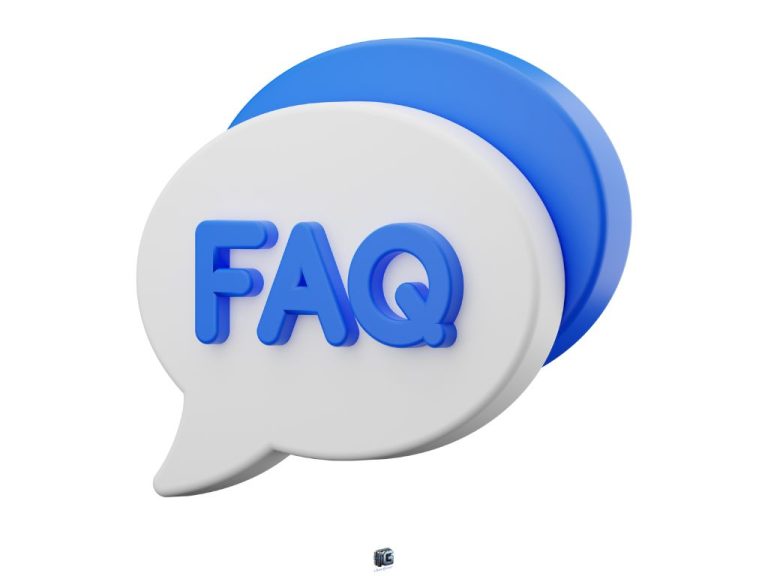
Frequently Asked Questions: Pinterest for Affiliate Marketing
Can I use Amazon affiliate links on Pinterest?
Yes, but proceed carefully. Amazon has strict rules about direct linking from social platforms, and those rules change often. When in doubt, link to a bridge page or blog post that contains your Amazon affiliate links instead of linking directly to the product.
Do I need followers to get traffic on Pinterest?
No. Pinterest is search-based, not follower-based. Your content gets discovered through keywords and engagement, not popularity. Even brand-new accounts can generate traffic if their pins are relevant and optimized.
What are the best niches for affiliate marketing on Pinterest?
Look for niches that combine visual appeal, evergreen demand, and clear buyer intent, such as:
- Home décor and DIY
- Health and wellness
- Parenting and family
- Personal finance
- Productivity and digital tools
- Beauty and skincare
Is it better to use direct affiliate links or a landing page?
Both work but landing pages convert better. Direct links are fine for quick testing, but long-term success usually comes from bridge pages that offer context, trust, and value before the product pitch.
How often should I post new pins?
Aim for 1–3 fresh pins per day. Quality matters more than quantity. Focus on consistent publishing, not volume dumping. Pinterest rewards accounts that stay active over time.
How long does it take to see results?
Pins often take 2–6 weeks to gain traction. Pinterest rewards long-term behavior and doesn’t operate on short-term virality. Patience and consistency are essential.
Is Pinterest still worth it in 2025?
Absolutely. While many platforms are saturated or algorithm-dependent, Pinterest continues to deliver intent-driven, evergreen traffic especially for affiliates who understand how to align pins with search behavior.
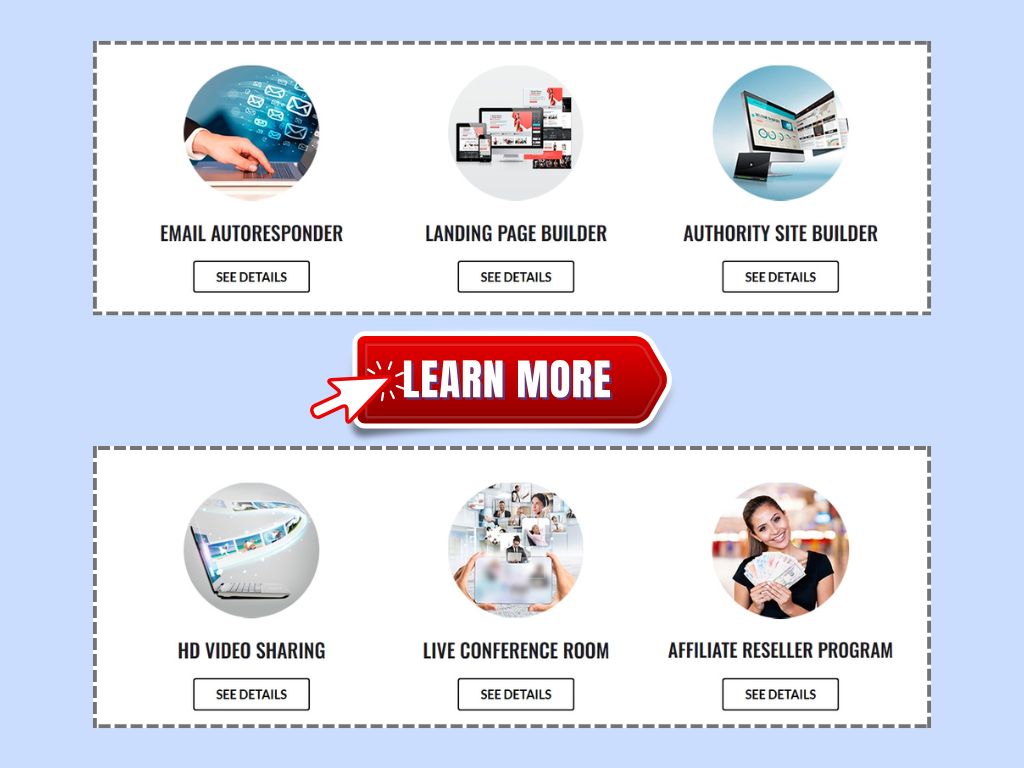



2 Comments
Lead Capture · December 26, 2024 at 8:08 am
Hey there! Trust in your special gifts and talents. You have a gift extraordinary to offer the world.
Ismelg · December 26, 2024 at 12:45 pm
Hi there! 😊
Thank you so much for your kind and uplifting words! Your encouragement means a lot and serves as a wonderful reminder of the value we each bring to the world. It’s inspiring to see such positivity shared, and it truly motivates me to keep creating and sharing with purpose.
Wishing you an amazing day filled with joy and inspiration! 🌟